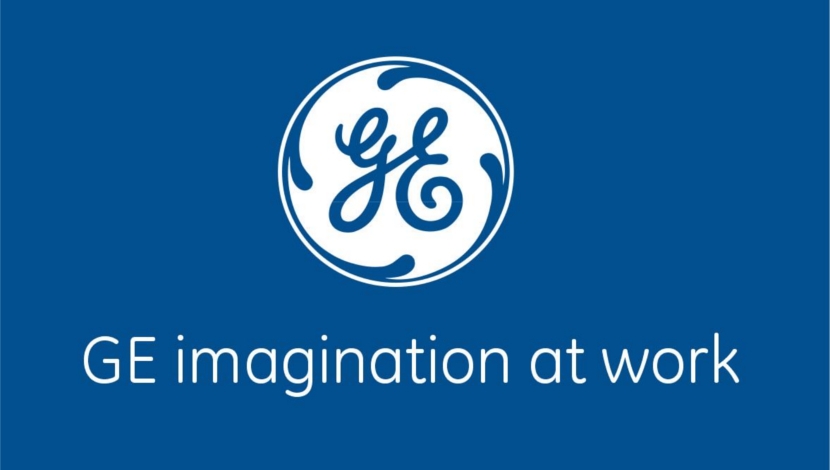
The successful companies of the future will be those that can innovate and successfully bundle services and package them for customers, Frost & Sullivan Growth Implementation Solutions director Mark Simoncelli told delegates at the GIL Africa 2015 conference, in Cape Town.
He noted that companies such as Amazon and Alibaba had used innovation to disrupt the norm. The growth of these firms was driven by the sheer volume of transactions. Alibaba had built its comprehensive model, which facilitates trading from basic raw materials to the final product, such that it now had well over 30-million registered business-to-business users and was active in over 240 countries.
Simoncelli singled out other success stories: US multinational technology company, Cisco, which designs, manufactures and sells networking equipment, executes more than 90% of its sales orders online without any contact from a Cisco employee.
Beijing-based Xiaomi, the fourth-largest smartphone maker in the world, focuses on services, with no or very little spending on marketing. It uses social media, word of mouth and online stores. It has managed to slash the cost of its phones to $150. Simoncelli compared this to the iPhone, where marketing and stores contributed to prices of $650 a phone.
In South Africa, Snapplify, the Cape Town-based company provides publishing and content producers with a platform for distribution, reading and retail of e-books, magazines and newspapers. In a few years, it had become the largest e-book aggregator in Africa, with over 600 resellers and online stores.
T-Systems South Africa Account chief technology officer Kim Anderson said the company was hoping to work with government to improve efficiency in ports through a digitised system for truck drivers delivering to the port. The company has designed a mobile app for the Johannesburg Road Agency that enables citizens to report potholes, missing manhole covers and nonfunctioning traffic lights. Response time has been sliced very successfully.
Simoncelli advised companies to understand the disruptive factors in their businesses and explore how to drive transformation. “You need to get in front of the juggernaut of change,” he advised. Adaptation was key.





